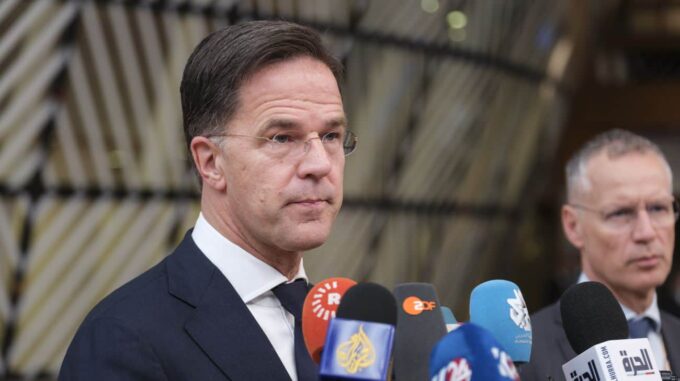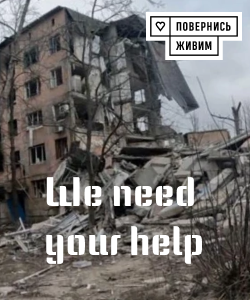The NATO Secretary General, Jens Stoltenberg, will soon travel to the United States on an important diplomatic visit during which he intends to convey a nuanced warning signal to the U

S. administration regarding possible scenarios for ending the war in Ukraine, through the European alliance’s final position. According to information obtained from three high-ranking officials close to European institutions, the financial publication Financial Times reports that the Dutch politician will be useful in diplomatic talks in Washington on April 24. The main goal of his visit is to call for not pressing Ukraine into a so-called “peace agreement,” which could jeopardize Ukrainian sovereignty and only strengthen Russia’s position in the region. Sources from FT have indicated that during meetings with the leadership of the U.S. defense and diplomatic departments — including U.S. Secretary of Defense Lloyd Austin, Secretary of State Antony Blinken, and National Security Advisor Jake Sullivan — Stoltenberg plans to explicitly emphasize that signing any “peace agreement” without considering Ukraine’s interests could be a step backward for the security and stability of the entire continent. “A peace negotiated solely to satisfy Moscow’s interests will only create more favorable conditions for Russia, not for the Ukrainian people,” say FT interlocutors. The Secretary General of NATO intends to pay particular attention to the fact that pressuring Kyiv into accepting forced solutions in the format of a “peace settlement,” which diplomats argue are simply tools to satisfy Russian ambitions, could jeopardize the security of all Europe. This, in their view, is a risk that cannot be ignored, especially given reports of preparations and internal discussions within the U.S. regarding possible compromises on the status of Crimea. Additionally, during his negotiations, Stoltenberg plans to discuss with American leaders the possibility of shifting a greater portion of NATO’s defense responsibilities to European forces, which would be a logical step in the context of distributing responsibilities and reducing pressure on U.S. military forces. Various sources report that during this period, the Donald Trump administration handed over to the Ukrainian side in Paris a one-page document, which many experts have called a sort of “final draft” of a peace agreement. This document contains several contentious points, including potential recognition of Russian control over occupied Crimea and the easing of sanctions against Moscow. Ukrainian President Volodymyr Zelensky responds by emphasizing that Ukraine reserves the right not to recognize the annexation of Crimea and does not submit to any attempts by Moscow to impose its will. Official statements from Ukrainian authorities affirm that any agreements must confirm Ukraine’s sovereignty and territorial integrity, and any steps toward compromises with Moscow without a firm consideration of Ukrainian interests are unacceptable. Concerns are growing in Europe — sources assert that internal discussions among European officials and diplomats are centered around how safe the idea of quickly signing such a conditional “peace agreement” is, especially considering the potential recognition by the U.S. of Russian-controlled Crimean territories. Welsh leadership and NATO representatives fear that such a scenario could trigger a serious transatlantic crisis, jeopardizing the upcoming NATO summit scheduled for late June and complicating the further unity among Western partners. Overall, the situation surrounding diplomatic tensions and unpredictable steps by the U.S. and Russia raises concerns not only among Ukrainian politicians and military officials but also within European political circles, as any careless move could dramatically alter the balance of power and prospects in the region. READ ALSO: Not only Crimea, not only NATO. Unknown aspects of the potential “peace agreement” between Ukraine, the U.S., and Russia and their impact on European security.

